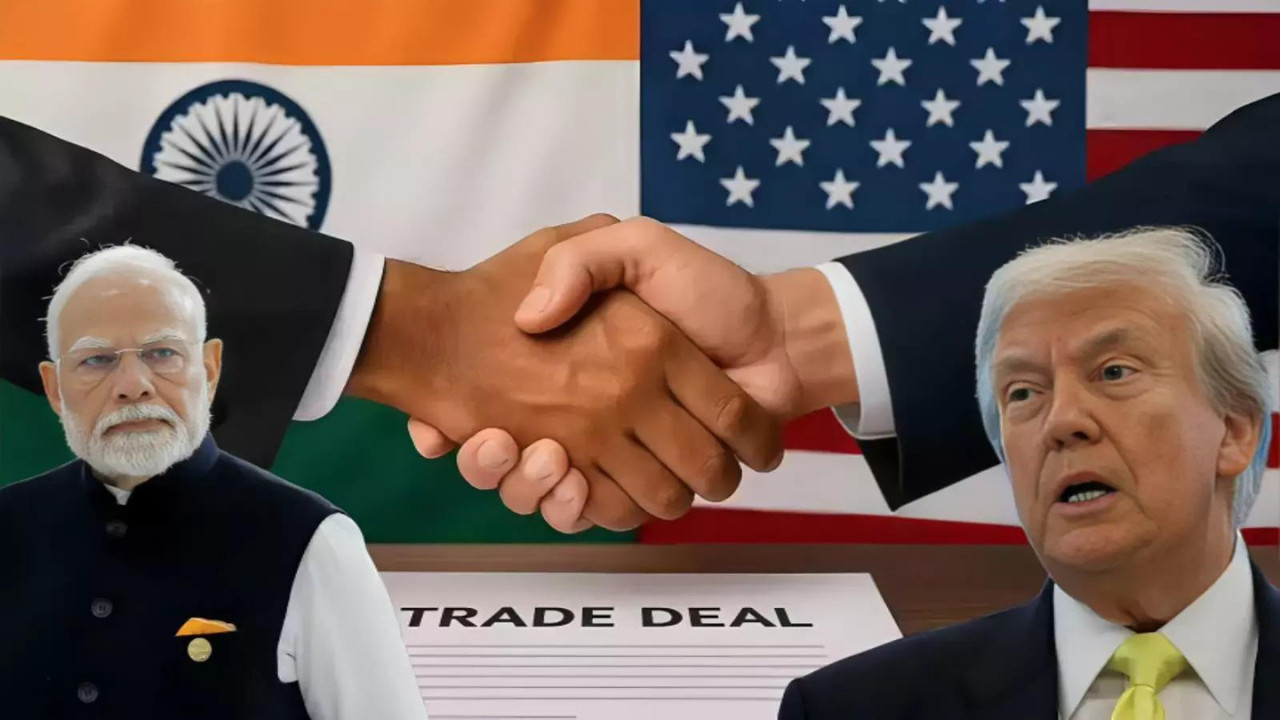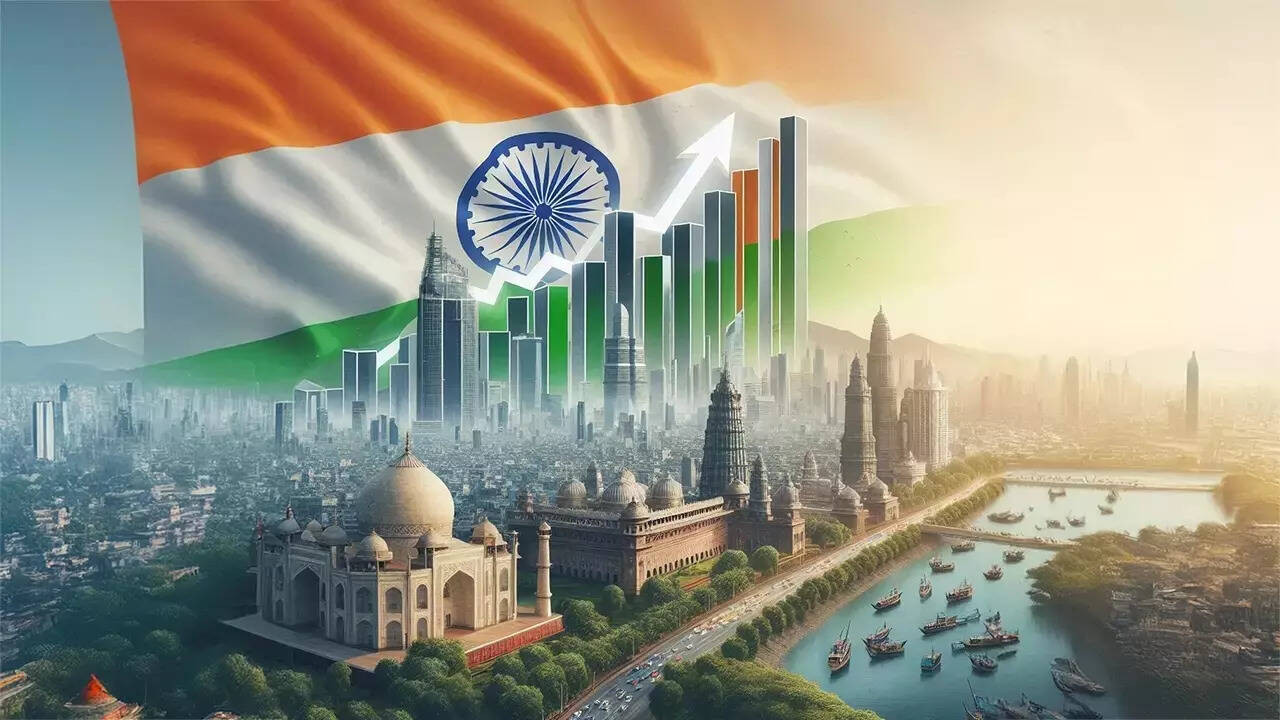Mahindra Group Chairman Anand Mahindra envisions India as a pivotal force in a reshaped global landscape, or “Globalisation 2.0.” Addressing shareholders, he acknowledged challenges from shifting alliances and trade dependencies. Mahindra emphasized India’s strengths—stable democracy, reliability, and a strong military—while urging strategic action to minimize risks and seize growth opportunities.
India’s Moment: Catching the Wave of Globalisation 2.0
Anand Mahindra, the chairman of the Mahindra Group, recently painted a vibrant picture of India’s potential on the global stage. Forget the tired narratives of cautious optimism – he’s talking about India becoming a genuine center of gravity in a rapidly reshaping world. But what’s fueling this bullish outlook, and what needs to happen to ensure India not only rides the wave of “Globalisation 2.0,” but also shapes its very direction?
Mahindra isn’t just throwing out lofty pronouncements; he’s pinpointing specific strengths that position India for success. He sees the country’s demographic dividend – its large and youthful population – as a key asset. This isn’t just about numbers; it’s about the potential for a dynamic, innovative workforce ready to tackle the challenges and opportunities of a globalized world. Add to that a growing entrepreneurial spirit, and you have a fertile ground for economic growth and technological advancement.
But potential alone isn’t enough. Mahindra rightly emphasizes the need for speed – a crucial element in seizing the moment. The world isn’t standing still, and India needs to act decisively to capitalize on its inherent advantages. This urgency isn’t about reckless haste; it’s about streamlining processes, removing bottlenecks, and creating an environment where businesses can thrive and innovate without being bogged down by bureaucracy.

The Vital Role of Private Investment
Government initiatives are undoubtedly important, but Mahindra underscores the absolutely vital role of private investment. He’s not just talking about attracting foreign capital (though that’s certainly part of the equation); he’s also emphasizing the need to unlock the potential of domestic investors. Creating a business-friendly environment, fostering innovation, and reducing regulatory hurdles are crucial steps in encouraging the private sector to take risks and invest in India’s future. This internal engine of growth is critical for sustainable and inclusive development. We also need to look at successful Indian companies that are reinvesting into the community.
Navigating Globalisation 2.0: A New World Order
Globalisation isn’t dead, but it’s definitely evolving. Mahindra refers to this new phase as “Globalisation 2.0,” a world order characterized by shifting alliances, technological disruptions, and a greater emphasis on resilience and self-reliance. This new landscape presents both challenges and opportunities for India. While geopolitical uncertainties and supply chain disruptions require careful navigation, they also create openings for India to emerge as a trusted and reliable partner, a manufacturing hub, and a source of innovation.
One key aspect of this new era is the increasing importance of technology. India’s strengths in software, IT services, and digital infrastructure position it well to compete in the global digital economy. However, continuous investment in research and development, skill development, and cybersecurity is crucial to maintain this edge. To learn more about how Indian companies are innovating, take a look at our recent article on [the rise of AI startups in India](internal-link).
Seizing the Opportunity: What’s Next?
Mahindra’s vision is compelling, but translating it into reality requires a concerted effort from all stakeholders. The government must continue to implement reforms that promote ease of doing business, attract investment, and foster innovation. The private sector must embrace risk-taking, invest in research and development, and prioritize sustainable and inclusive growth. And individual citizens must embrace lifelong learning and adapt to the rapidly changing demands of the global economy.
India stands at a pivotal moment. The ingredients for success are in place: a young and dynamic population, a growing economy, and a strategic position in a reshaping world. By acting with speed, fostering private investment, and embracing the opportunities of Globalisation 2.0, India can indeed emerge as a global center of gravity, shaping not just its own destiny, but the future of the world.
The Time for Action is Now
The optimistic outlook for India’s future is not just about predictions; it’s a call to action. By embracing innovation, removing barriers to growth, and fostering a collaborative environment, India can fully capitalize on its potential and secure its place as a leading force in the global economy. The ball is now firmly in India’s court.
slug: india-globalisation-2-0







